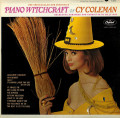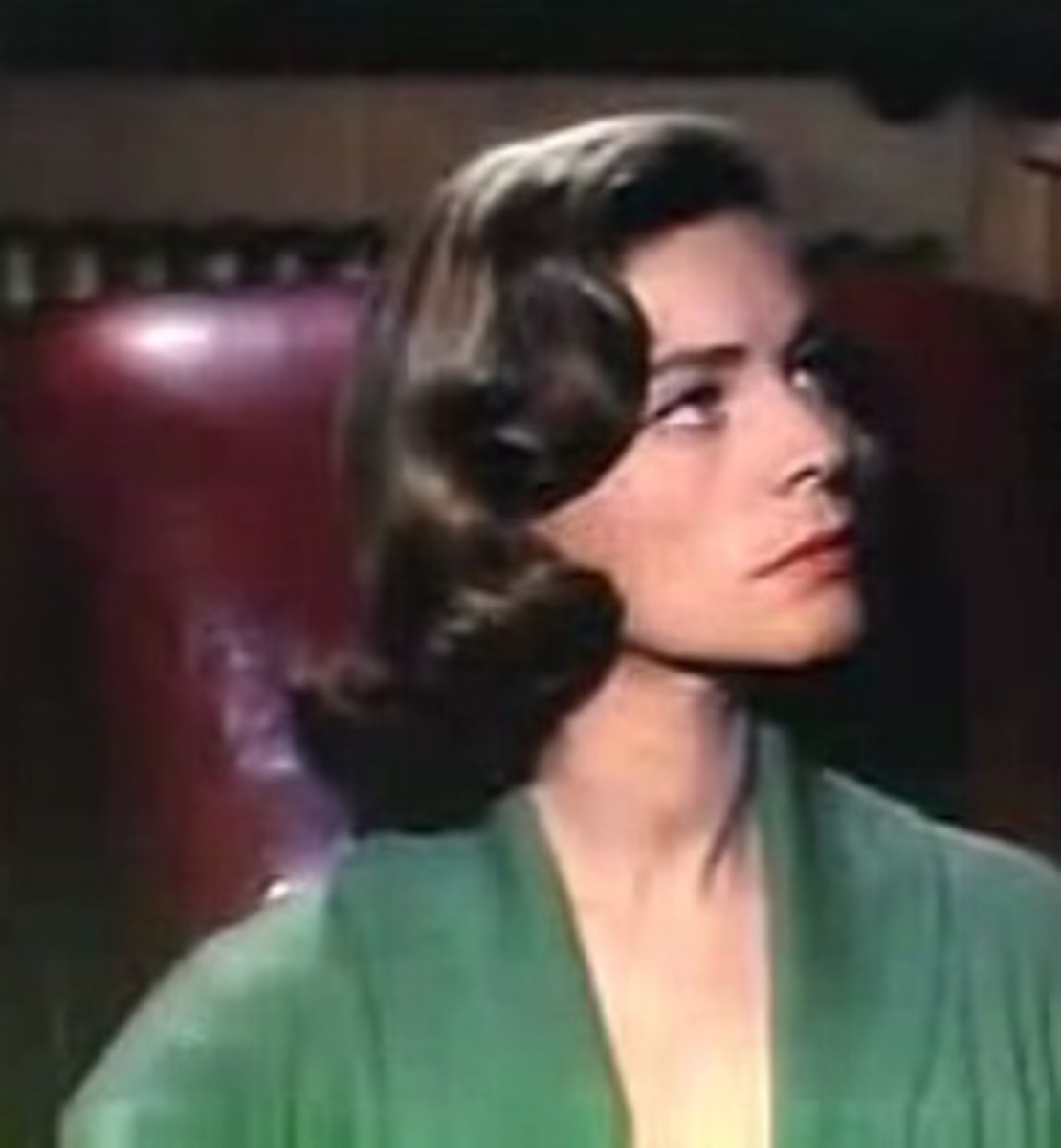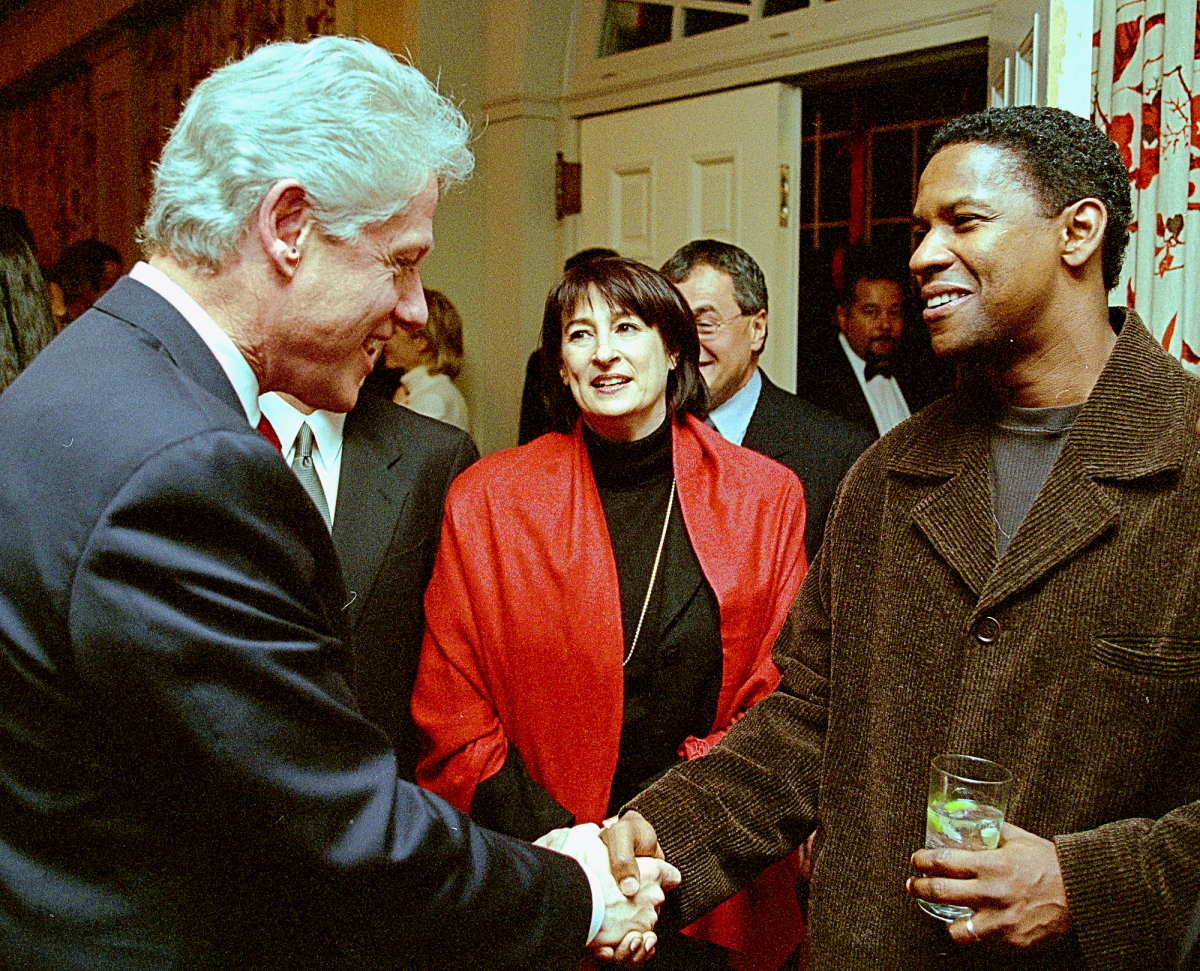Dorothy Dandridge | Triple Threat, Troubled Life
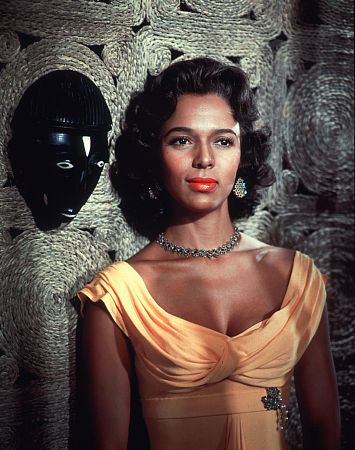
In 2002, with a lithe arm clutching her precious, upraised Academy Award, a tearful, Halle Berry paid homage to those actresses who had paved the way for her victory. She called upon the names of Lena Horne, Diahann Carroll and Dorothy Dandridge.
In fact, ironically, Ms. Berry, had portrayed Dandridge in the movie, Introducing Dorothy Dandridge. Also, curiously, the two movie stars shared another commonality, both were born in the same Cleveland, Ohio hospital, although some 42 years apart.
Another ironic twist, Ms. Berry was not the first African American female to vie for the coveted Best Actress award. Dandridge had in fact trod that road some 47 years earlier. But as, the movie's captioned advertising poster foreshadowed, Dorothy Dandridge, a triple threat, actress, singer and dancer, was just a step out out of place and note out of tune for her era.
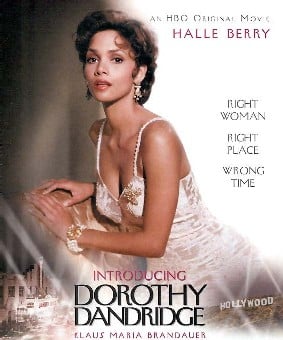
Rare Triple Threat
Dandridge's parents were separated prior to her November 9, 1923 birth in Cleveland. Her mother, Ruby, had walked out on her husband, Cyril . . . . and his mother. She felt Cyril, an only child, was too docile, a mamma's boy. And she had no intention of remaining under her mother's-in-law roof. So, she did the unthinkable for a young, married woman in 1920s. She set up house elsewhere, working as a domestic to support her family.
Ruby, was an aspiring actress who mentored and pushed a young Dorothy and older sister, Vivian to overcome their circumstances. She was independent, ambitious and driven. According to Donald Bogle, author of the book, Dorothy Dandridge, Ruby was " a born strategist and survivor, possessing a sharp, calculating mind . . . ."
After recognizing there was a potential market for African American entertainers on the church circuit, she molded her two girls into a group, The Wonder Children. Later, she obtained a contract with the Southern Baptist Convention, and managed her young charges as they acted, sang and danced across the South.
After the Depression crippled business opportunities, Ruby moved the act to Hollywood where the duo became a trio with the addition of friend, Etta Jones. After appearing in the 1938, Ronald Reagan film, Going Places, and popularizing the song, Jeepers Creepers, the sisters gained notoriety and gigs in the New York, Cotton Club and Harlem, Apollo Theater.
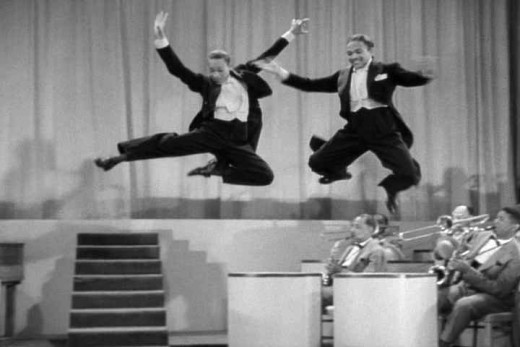
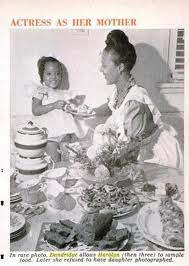
The Early Years
Dorothy would meet her future husband, Harold Nicholas while performing on the European nightclub circuit. Nicholas and his brother comprised the Nicholas Brothers dance act. World War II led to the tour's cancellation, so the Dandridge sisters and Nicholas brothers returned to Hollywood.
Dandridge and Nicholas were wed in 1942 and a year later, daughter Harolyn was born. Dandridge was described as a doting mother who grew increasingly alarmed over Harolyn's slow development.
At two, the toddler still was not talking, so Dandridge took her to the doctor for medical tests. She was devastated when she learned Harolyn had sustained brain damage, probably due to oxygen deprivation at birth. She felt responsible for her daughter's condition, by some accounts, because she tried to delay Harolyn's birth until her husband could arrive at the hospital. Nicholas and Dorothy would divorce in 1949.
Now, like her mother before her, Dorothy would have to support her family as a single mother and like her mother, she looked to the entertainment industry as her salvation.
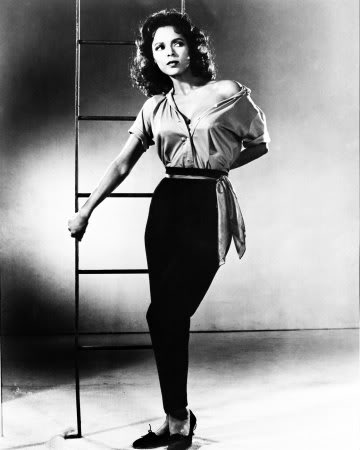
Her Career Expands
Dorothy returned to earning her living singing at nightclubs. However, undoubtedly, she felt her beauty and talent was being wasted in these small venues.
Worse still were the forced concessions. As a woman of color, she could not relive herself in the same bathroom as the white patrons or fellow musicians. She was banned from swimming in the hotel pools. And despite being the headliner for many clubs, her accommodations lacked star quality -- usually about the size and calibre of the janitor's room.
But her exposure was increasing and she began to receive small movie roles. Dandridge decided early to make judicious career choices. She rejected the typical roles offered black actresses in the 1950s -- prostitute, maid, grinning background servant. She played a teacher in the 1953 movie, Bright Road.
Her breakout role, however, was that of brazen, smart and sexy, Carmen Jones in the 1954, movie Carmen. This movie was based on the opera by the same name and was directed by visionary, Otto Preminger.
Dandridge failed at her first attempt to secure this sought after role, only convincing Preminger she was a good fit, after leaving the initial interview and transforming herself in appearance ,carriage and dialogue. Her costars were Harry Belafonte, Pearl Bailey, Diahann Carroll and Brock Peters. And, although they were both accomplished singers, Dandridge and Belafonte's singing parts were dubbed by singers with true operatic voices.
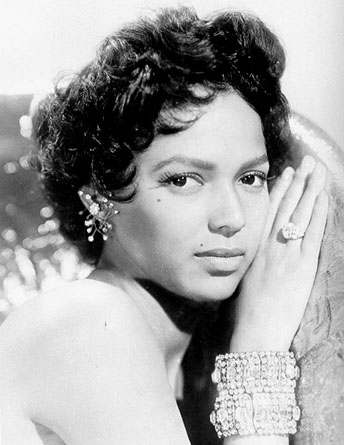
Dandridge the Movie Star
Carmen was a success and Dandridge rode her expert portrayal of the twisted lead to an Academy Award nomination for Best Actress. However, she would lose to another raising star, Grace Kelly, for her role in Country Girl. Preminger predicted her loss that night saying, "the time is not ripe" for a black winner.
Dandridge's career took a downward turn after the Awards. She was picky about accepting just any role, justifiably. Supposedly, she was talked out of accepting the supporting part of Tuptim in the 1956, The King and I by her mentor -- and lover -- Preminger. She would later regret not taking that role.
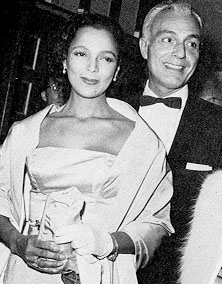
Singing for Her Supper
It appeared there were few opportunities in the 50s for this talented entertainer. She accepted parts in several movies where she played the love interest of white actors -- not unlike, her own personal life --- with the married Preminger.
Dorothy grew as frustrated over the dearth of suitable roles as she was over her affair with the director. Preminger refused to leave his wife and when Dorothy became pregnant, he called it quits. She had an abortion.
In 1959 Dorothy, began to date businessowner, Jack Denison. Denison was a restaurateur who had cooked up a somewhat sullied reputation. Along with admiring the beautiful actress, he was said to have an affinity for "digging for gold." However, Dandridge ignored, or didn't believe, his rep and the two were married in June 1959.
Against the advice of friends and her former manager, the Best Actress nominee, took on another nightclub gig -- singing at her husband's small restaurant. Her career entered a slump worthy of a bear stock market as Denison began to isolate her and micromanage her career. In addition to his predatory tendencies, Denison was an abuser, beating Dorothy into submission.
As Dandridge's finances dwindled, her drinking escalated. Finally, two years after their marriage, she showed Denison the door. But it was too late. She no longer had the funds to pay her daughter's long-time care-giver, Helen Calhoun. After much heartache, she had Harolyn committed to a state hospital and declared bankruptcy in 1963.
Dandridge wearing dark make-up performs with the Count Basie Orchestra
Downward Turn
In an attempt to regain her lost career, she contacted her former manager, Earl Mills. He agreed to help Dandridge and helped secure several small movie roles for her. But she was still lost in booze and regrets. Her doctor prescribed an antidepressant which seemed to help.
After Mills arranged for her dry out at a Mexican clinic, Dorothy began to see a small revival in her nightclub career. She acquired jobs in Mexico and Japan and was excited about a return engagement in New York.
But before she could jump start her US career, she fell, sprained her ankle and fractured a bone in her foot. Dandridge was to have a cast placed on that foot on September 8, 1965; however, when manager Mills called for her morning appointment, she said she wanted to sleep in. When he couldn't reach her later that day, he went to her apartment, breaking open a door, after he was unable to rouse her.
Dorothy Dandridge was lying on the bathroom floor, nude, wearing a scarf on her head. She was dead. Initially, the coroner felt she had died of a blood clot caused by the foot fracture. However, tests revealed she had taken an overdose of the antidepressant, Tofranil. She was 42 years old.
Aftermath
No one knows if her death was an accident or suicide. Supposedly, she had entrusted her manager with a note, months earlier, which detailed her final wishes. Dandridge's parents, Ruby and Cyril, and her older sister are now deceased. There are differing accounts of that has happened to Harolyn. Some report she is still in an institution in California; others state she is deceased. If she is still alive, she would be 69 years old.
Most agree, Dorothy Dandridge, was a triple threat talent. And although, like many impressionable actresses, she made some questionable choices, in the end she may have been, simply, born too soon.


